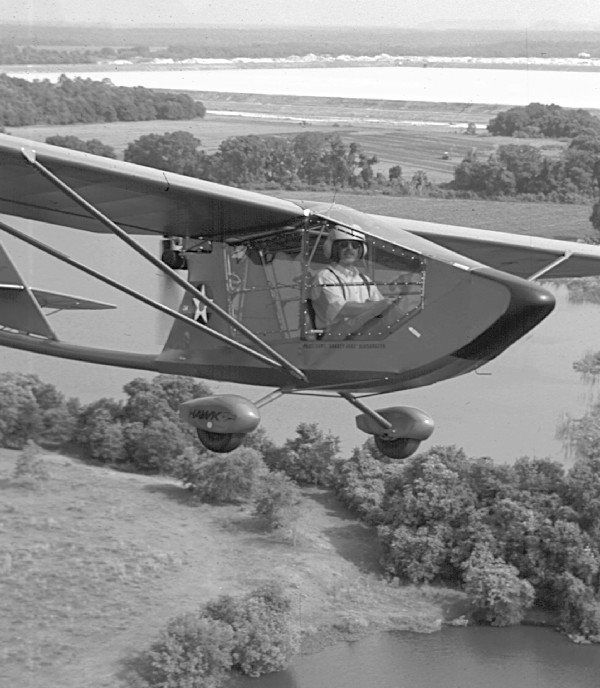
CGS’ new Hawk Plus As the year 2000 approaches, computer programmers may be sweating that Y2K bug we’ve all heard way too much about. Ultralight enthusiasts, on the other hand, will be celebrating the completion of two full decades as a member of the aviation community. Throughout the 1980s and 1990s, a lot has happened. This newest community of pilots and designers learned a great deal. Accidents are far lower than in the “old” days, and equipment is far better. Specifically, ultralight aircraft designs are the best we’ve seen, with many reliable brands offering airworthy sport-flying machines. Buyers of ultralights include those lightweight enthusiasts who enjoy Part 103’s freedom from FAA licenses, registration or certification. That’s why ultralights can be bought for $10,000 to $15,000, and you don’t need an FAA ticket to fly one legally. That fact practically assures that ultralights will stay on the radar of many aging baby-boomer pilots.


